We're all used to drama series changing radically in the development process, but the kernel of the idea that we began with is still at the heart of Merlin: what if we took the legend of King Arthur and turned the clock back so we saw the characters of Merlin and Arthur before they were the famous figures of myth? Or to use the example we began with, what if when Merlin first sets eyes on King Arthur he thinks he's a complete twat? Obviously we need to make it clear at this point that no one involved has ever seen an episode of Smallville!
We knew it would make us no friends with the purists - making Merlin a contemporary of Arthur is a radical departure from most versions of the legend; and getting rid of the rape and incest probably won't go down too well either. But this story has been retold countless times over the centuries and our task was to create a drama for the Doctor Who slot rather than the definitive retelling of the Camelot legend.
Our initial script efforts weren't quite right for the slot. It took the guidance of a passionate BBC Wales head of drama Julie Gardner and a day spent with an incredibly generous Russell T Davies to find the broad family appeal that a Saturday 7pm drama requires. And it was a real learning curve for the writing team too: Julian Jones, Jake Michie, Howard Overman and Ben Vanstone. We won't single anyone out because between them they've written the entire series, and they have been, throughout, that rare thing in British TV drama - a genuine writing team.
It sounds strange to say but despite the 13 episodes and the horrendous schedule we've never yet had a script crisis. And that's a huge credit to the writers. Whatever moments of magic the programme has, whatever humour, whatever character, is largely down to them. And it's these elements that will bring an audience back more than any amount of action and CGI.
Casting a show with such a young cast in such a high-profile slot was never going to be easy. It was a gruelling process and the director, James Hawes, and the casting director, Jill Trevellick, spent a good deal of their prep doing little else. And we certainly didn't always agree - in fact, we disagreed pretty strongly at times - but all to the good because the cast we've got have turned out very well.
To be honest we feel unbelievably lucky that the young actors have responded to a huge challenge with real maturity and dedication. It helps to have the likes of Tony Head and Richard Wilson around, of course - they have such a wealth of experience and they genuinely enjoy working with young talent. That said, shows like these are not easy for British actors. There's no point in being understated when you're talking to a 60-foot monster! And that boldness needs confidence, something that's often in short supply at the start of a new series like this.
And then there's pace, which somehow drops 20% the minute you don a funny costume. So we had to constantly remind ourselves that we were making an action adventure, not a costume drama.
French chateau
We knew that the Camelot location was critical. The budgets of shows such as Doctor Who and Primeval may seem a lot but, when you're talking about action adventure in a fantasy world, it really doesn't go very far. Our criteria were simple, we needed an intact castle, one that we could shoot 3600 with minimal CGI enhancement. We wanted it to be big enough to make Camelot feel like a city, not just a fortress, and we wanted it to meet all our expectations of what Camelot should look like - the sort of Camelot where a talking dragon wouldn't feel out of place.
We searched the UK first and drew a blank (we have a rich heritage of
castles but they're virtually all ruins). We scoured Spain, Portugal and most of eastern Europe but nothing felt right. We were on the point of giving up when a director friend mentioned a chateau he had shot on Highlander at Pierrefonds just north of Paris. And it is a unique place: a 14th-century castle rebuilt in the 19th-century by a mad Frenchman. We knew within 10 minutes of arriving that we'd found what we were looking for. Now all we had to do was persuade a French national monument to let us film - with multiple visits - for weeks on end. It was like wading through a sea of red tape, but eventually we had the permissions we needed.
Pierrefonds has been more than a location; it's been an inspiration to us all and even the trepidation we felt at filming in France has proved largely unfounded.
The CGI design also began early (months before the start of pre-production). We were lucky enough to have worked on three previous series with heavy CGI so we'd learnt our lessons, and had a very strong relationship with the guys at The Mill. We were still entering unknown territory - motion capture, talking dragons, motion control - all on TV schedules. And we set the bar high because we wanted “organic” effects firmly bedded into the world we created which is always tougher than the “sci-fi” end of the spectrum. Truth be told, we were as sceptical as anyone that we'd pull off the dragon, but thanks to some very talented 3D animators we feel we have.
Storyboard everything!
The challenge of CGI on tight TV schedules is as much about the shoot as the post: one early scene in Merlin involved 73 set-ups - action, drama, elements, CGI plates - and all on a 12-day schedule. The rough and ready rules we follow are pretty simple: storyboard everything, and then board it again. We work the boards relentlessly and then rewrite the scripts to match them, it's where we make painful cuts until we've got something we can actually achieve.
Also, it's how we divide the hopelessly large amount of set-ups between the main and mini units and, most of all, it encourages the directors to think and shoot as if they're making a movie. There are parts of Merlin where the storytelling relies solely on the picture and the score for minutes on end and the boards help to focus everyone on this.
The next rule? Always shoot something real - no matter how daft - it will make your CGI look better. If it means a man running through a wood with giant blue feet, or a less than svelte SFX supervisor in a green poncho attacking a bemused actor from Heroes - then so be it.
But the most important thing is to be disciplined. Always stick to the boards. In our experience ambition is the easy part -good directors are full of bold visual ideas; the hard part is keeping disciplined in the heat of battle when you're faced with lots of suggestions and problems.
If we've achieved any good action/CGI sequences on Merlin it's because of the discipline our directors have shown. They may have complained about shooting a movie on a TV schedule, but they did it anyway.
It feels very odd writing this when we've still got six weeks' filming ahead of us; and even odder that we'll transmit the first episode while we're filming the 10th! But that happens in the US all the time so maybe we should get used to it. In fact, rather than being the nightmare it seemed, the unbelievably tight schedule has helped in a weird sort of way. It's bound us all together and kept us all focused. And I think we're all proud of what we've achieved - the crew, the cast, the writers, the guys at The Mill. Will the audience like it? We'll soon find out.
We have learnt plenty: you need cake, lots of it; and lots of guilt about the cake; you can use L'Oreal to dye a horse; the best place for script meetings is the Channel Tunnel; northern France closes on Sunday and Monday; double-banking a period action adventure is complete insanity...
And that you can, if you truly believe, make a dragon talk.
Merlin is a Shine production for BBC1. The 13-part series starts on 20 September at 7pm



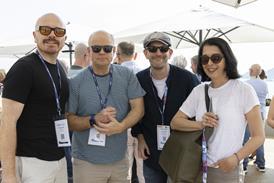



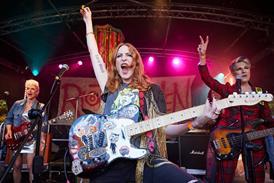
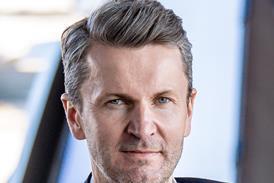
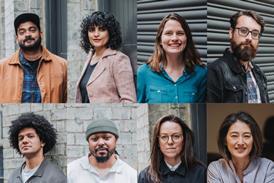
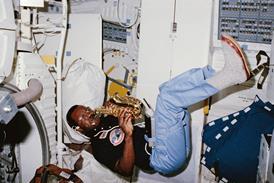
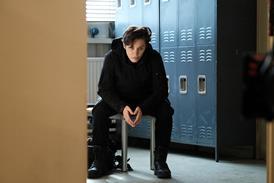
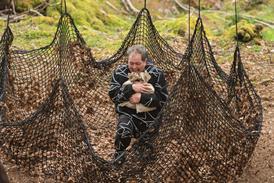

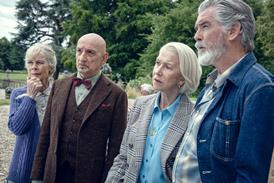





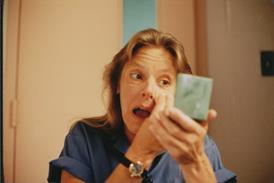
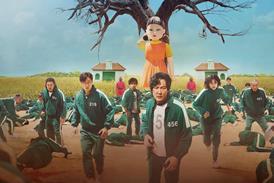
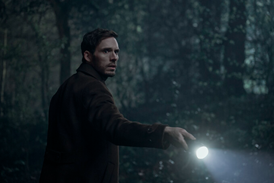



No comments yet